
84 Years & 500 Tests - A Journey of Indian cricket in Test matches
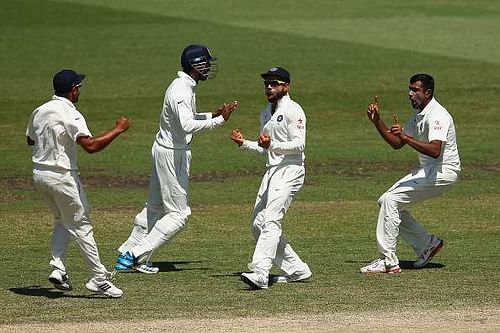
Come September 22nd and India will become the fourth team (after England, Australia & West Indies) to play 500 test matches. The journey which began in 1932 at Lords, the Mecca of Cricket; has been nothing short of phenomenal. Being the sixth team to be given test status in 1932, the road ahead was tough for Team India. The fact that it took close to 20 years for the team to register their first test victory tells a story in itself.
That illusive maiden victory came in 1952 at Madras (now Chennai) when Vijay Hazare’s team defeated the Englishmen by an innings and 8 runs. The hero of the match was Vinoo Mankad who took 12 English wickets.
But for a team that took 20 years and 25 tests to win their first match, Team India has come a long way. Today, the team is ranked number two in tests (just behind Pakistan) and has a win percentage of over 25%. It has a Win/Loss ratio of 0.821 which may not look great but is remarkable given the fact that till the 1970s, India had won only 15 of its 116 test matches.
Caribbean series of 1970-71 – An Inflection Point for India in tests
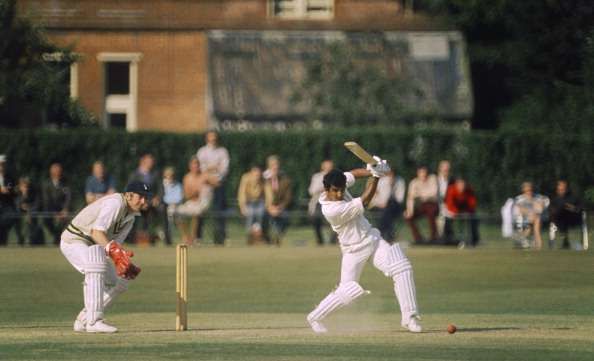
The inflection point in the history of Indian test cricket happened in the Caribbean islands in the famous series of 1970-71. This series also saw the debut of a certain Sunil Manohar Gavaskar who went on to become one of the best openers of all time.
The decade of 1970 was a fruitful one for the Indian test team. Starting with the win against the West Indies at Port of Spain in 1971, India won 14 of its next 50 test matches. This golden period saw many all-time greats shining for India.
While Gavaskar was taking care of the batting department; in the bowling department the famous spin quartet of BS Chandrashekhar, EAS Prasanna, S Venkatraghvan & BS Bedi were making a mark of themselves. It was also during this decade that India much like other top teams got a fast-bowling all-rounder in the form of Kapil Dev and he went on to become one of the great all-rounders to have ever played the game.
1980s - A period of slump for the Indian test team
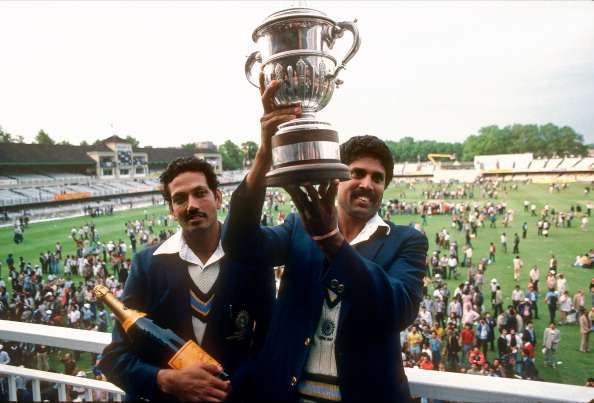
In the next ten years, interest in cricket increased by leaps & bounds in the nation. This was mainly due to the 1983 World Cup victory. Indians were the ODI world champions and cricket was now being looked upon as a serious sport across the country. The team achieved good amount of success in the ODIs with a memorable victory in the World Championship of cricket in 1985. The country also co-hosted the ODI World Cup in 1987.
But as far as test cricket was concerned, it was not a period which the purists of the game would have cherished. Out of 94 tests played, India was victorious in only 14 matches and lost 22 of them.
One highlight of this phase was the tied test match played against Australia at Madras. This was only the second tied test match in the history of more than 2000 tests played so far.
1990s - Tigers at home, lamb abroad
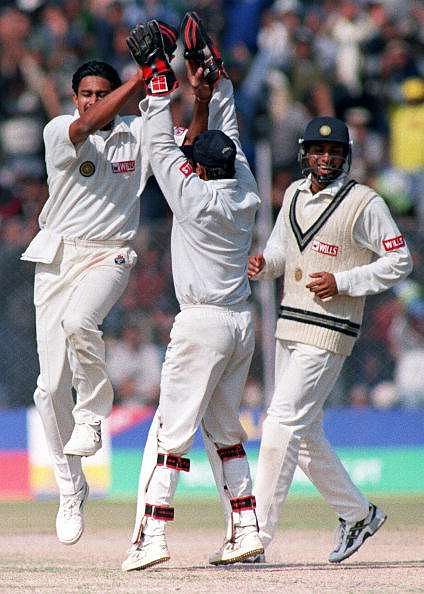
If the 1980s was a period of emergence of one-day cricket, then the 1990s belonged completely to one-day cricket. Colored clothing and cricket under floodlights lured fans to ODIs. And in this era test matches took a back-seat at least as far as the Indian team was concerned.
The team performed fairly well in home conditions but were found wanting in away tests. Such was the degree of difference in their performance, that it earned India the tag of being only tigers at home.
In the 1990s, the Indian team won 17 out of a total 30 test matches played at home but was able to win only one overseas match (from a total of 39 matches) in the entire decade. The Indian team lost practically everywhere outside India. Results were the same irrespective of the host nation being England, South Africa, Australia, West Indies or New Zealand.
In spite of poor overseas performances, this period was marked by individual batting brilliance from the likes of Sachin Tendulkar, Mohammad Azharuddin, Rahul Dravid & Sourav Ganguly. In the bowling department, Anil Kumble wrote history when he became only the second man on the planet to take ten wickets in an innings in a test match.
He achieved this feat against arch-rivals Pakistan at Feroz Shah Kotla, Delhi in 1999 and in the process helped India to a famous victory.
New Millennium - Golden period of Indian Test Cricket
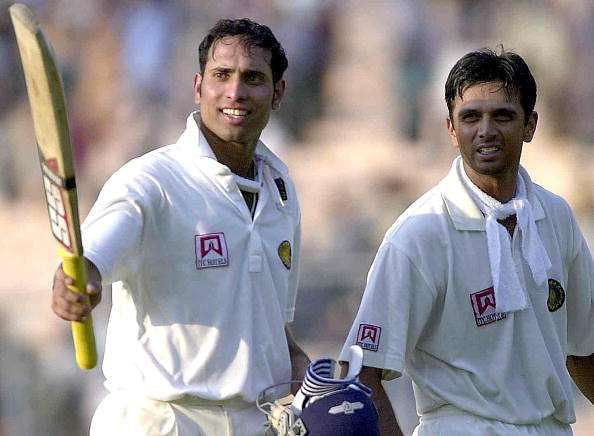
The turn of the millennium brought in a new phrase to the dictionary of Indian cricket and that phrase was match-fixing. It was a tremulous time for Indian cricket and it took away many big names of Indian cricket like Azharuddin & Ajay Jadeja among others.
With the fall of Azhar and the reluctance of Tendulkar to take up captaincy, Sourav Chandidas Ganguly was made the captain of the Indian team. And thus began one of the best phases of Indian cricket. His aggression, both on & off the field inspired the team and India started winning tests abroad – a phenomenon which was unheard till now.
During the first decade of the new millennium, India was victorious in 43 of the 104 test matches played, giving them a respectable win percentage of 41%.
Together with Tendulkar, Virender Sehwag, Rahul Dravid & VVS Laxman; Ganguly became part of one the strongest batting line-up in the game ever. It was under his captaincy that India came back after following-on to win a test match against the Australians who were then considered as invincible.
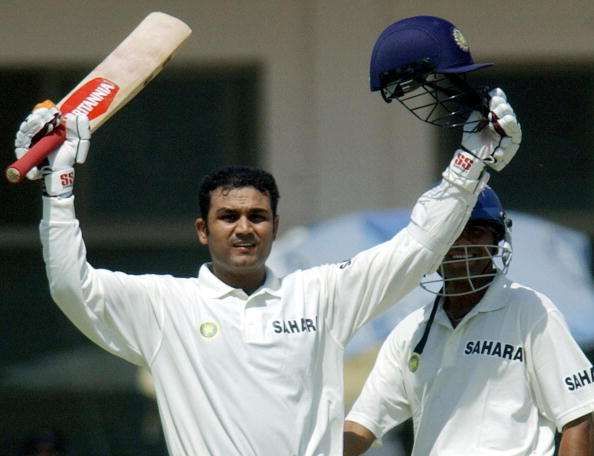
This Kolkata test match will always find a mention in the list of memorable Indian test match victories. The chief architects of this victory were VVS Laxman (who scored 281 runs in the second innings), Rahul Dravid (who scored 180 runs in the second innings) and Harbhajan Singh (who took 13 wickets in the match and also became the first Indian to take a hat-trick in tests).
Also, during this period Sehwag became the first and the only Indian to score a test match triple century. He did this when he scored 309 at Multan against the Pakistanis in 2004. He repeated this feat four years later against the South Africans in Chennai and broke his own record of the highest score by an Indian. His 319 runs in that innings is the highest score by an Indian batsman in test matches.
India becomes number one in Test Cricket
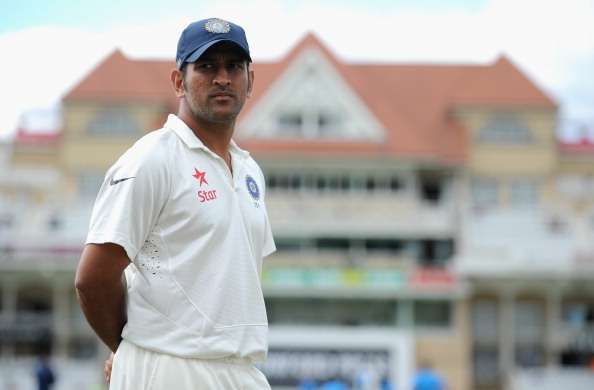
After Ganguly was removed as the Indian captain, India’s successful run in test matches continued under multiple captains. Rahul Dravid & Anil Kumble led the team briefly before handing over the reins to wicket-keeper batsman Mahendra Singh Dhoni.
Dhoni led the Indian team to the pinnacle of test ranking in 2009. With 27 wins from 60 test matches, Dhoni is currently the most successful Indian test captain.
However, the second half of Dhoni’s captaincy stint brought back memories of the 1990s when India used to fail outside the sub-continent. India lost consecutive series in Australia & England and the pressure mounted on Dhoni.
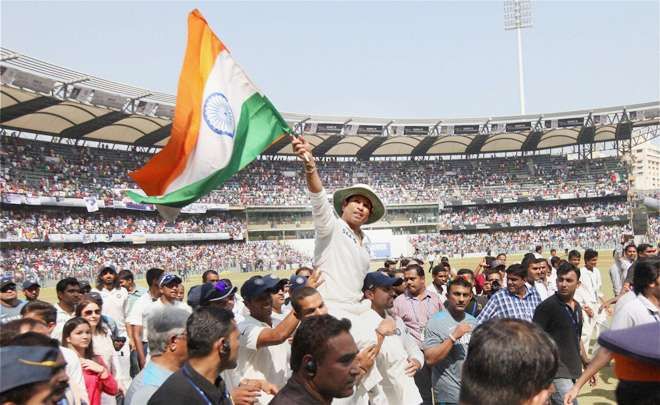
This coincided with the retirement of legends like Ganguly, Laxman & Dravid. Tendulkar, who was at the fag-end of his career was not able to resurrect the batting on his own and the Indian batting line-up started to look brittle for the first time in more than a decade. With the retirement of Tendulkar in 2013, an era in Indian cricket came to an end.
His farewell series was an emotional one for the entire nation and something which Sachin fans will remember forever. For many, cricket meant Sachin and it’s no surprise that he has played in 40% of the total test matches played by India.
Enter Virat Kohli & the promise of a bright future
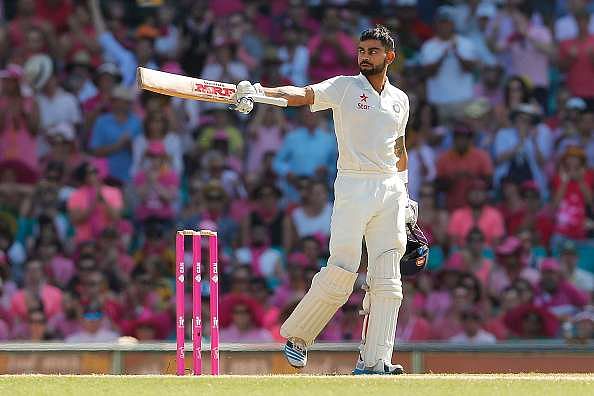
While the legends of the game were retiring, an aggressive batsman from Delhi, Virat Kohli was making a name for himself. In the 45 matches played so far, he has already scored 12 centuries at a healthy average of 45. He has so far led the country in 14 test matches and has tasted success in 50% of those.
Kohli has a promising bunch of youngsters with him and looks good to take the Indian team ahead on this journey. The upcoming home season of 13 test matches could provide Kohli with the much-needed cushion before the start of the challenging tours outside the subcontinent. And I hope that when an article is written on India’s 600 test matches, the win-loss ratio would be a whole number.
To sum it, Indian cricket’s journey in test matches has been enjoyable and as Bob Marley would have said; “Though the road’s been rocky it sure feels good to me”.